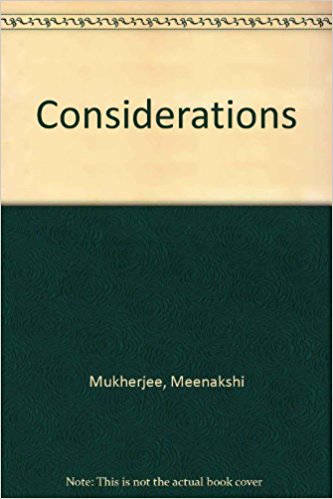English has an uneasy existence in India, for we in India are not at home with it in spite of the Times Literary Supplement’s consistent advocacy of the recognition of Indian English. In India it is nobody’s language unless you would like to consider it the language of Anglo-Indians (Eurasians), but their number is small. In contradistinction to them are those who learn English the hard way, the ‘educated Indians’—their number is also small—who when they use English for creative purposes are called Indo-Anglian (before Independence the nomenclature was Anglo Indian) writers. A few among such writers have been considered in the volume under review.
Those who learn a foreign language which belongs to a culturally alien group—as English is—when they use the language as the vehicle of creative communication (others would say ‘expression’) suffer from an initial disadvantage which, I believe, is the disadvantage that the one-eyed deer of the fable suffered from though God had gifted it with two eyes. The Indo-Anglian writers use only one eye which is always fixed on the soil from where the language has sprung, so that views from their own land do not strike them at all:

